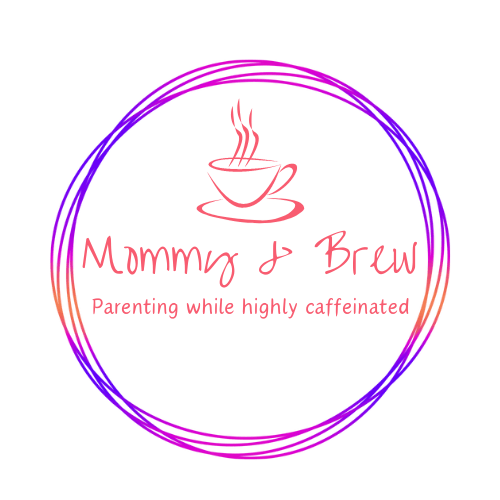Choosing the right toys for your little ones isn’t just about fun – it’s a crucial investment in their development. As parents and caregivers, we’re always on the lookout for engaging playthings that not only entertain but also nurture essential skills. In this comprehensive guide, we’ll explore the best age-appropriate toys for young children, categorized by age groups. We’ll delve into how each toy benefits your child’s cognitive, motor, and social-emotional development, ensuring that playtime is both enjoyable and enriching. Whether you’re shopping for infants, toddlers, or preschoolers, this article will help you make informed choices to support your child’s growth through play.
Age Group: 0-12 months
1. High-Contrast Black and White Books
Developmental Benefits: Enhances visual stimulation, promotes focus and attention
Fun Factor: Captivating images for young eyes
2. Soft Stacking Rings
Developmental Benefits: Improves hand-eye coordination, teaches size discrimination
Fun Factor: Colorful, easy to grasp, satisfying to stack and knock down
3. Musical Toys (e.g., baby maracas, soft drums)
Developmental Benefits: Stimulates auditory senses, encourages cause-and-effect learning
Fun Factor: Creates engaging sounds, easy for small hands to manipulate
Age Group: 1-2 years
1. Shape Sorters
Developmental Benefits: Enhances problem-solving skills, improves shape recognition
Fun Factor: Satisfying ‘click’ when shapes fit, variety of colorful pieces
2. Push-and-Pull Toys
Developmental Benefits: Encourages walking, develops gross motor skills
Fun Factor: Often makes sounds or has moving parts, can be personified
3. Simple Puzzles (2-4 pieces)
Developmental Benefits: Boosts cognitive skills, improves hand-eye coordination
Fun Factor: Sense of accomplishment when completed, often features favorite characters
Age Group: 2-3 years
1. Play Dough
Developmental Benefits: Strengthens hand muscles, encourages creativity
Fun Factor: Moldable texture, endless possibilities for creation
2. Building Blocks (e.g., Mega Bloks, Duplo)
Developmental Benefits: Enhances spatial reasoning, improves fine motor skills
Fun Factor: Can create tall structures, often brightly colored
3. Pretend Play Sets (e.g., toy kitchen, doctor kit)
Developmental Benefits: Fosters social skills, encourages language development
Fun Factor: Allows children to imitate adult roles, often includes multiple accessories
Age Group: 3-5 years
1. Memory Games
Developmental Benefits: Improves cognitive function, enhances memory skills
Fun Factor: Competitive element, often features engaging themes
2. Art Supplies (crayons, finger paints, safety scissors)
Developmental Benefits: Encourages creativity, improves fine motor skills
Fun Factor: Messy play appeal, ability to create unique artworks
3. Ride-On Toys
Developmental Benefits: Improves gross motor skills, enhances balance and coordination
Fun Factor: Provides a sense of independence, often mimics adult vehicles
Conclusion:
Selecting the right toys for your young children is a delightful journey that combines fun with fundamental developmental support. By choosing age-appropriate educational toys that align with your child’s growth stage, you’re not just providing entertainment – you’re laying the foundation for crucial life skills. From high-contrast books that stimulate infant vision to ride-on toys that boost physical coordination in preschoolers, each plaything serves a unique purpose in your child’s developmental journey.
Remember, the best learning toys are those that grow with your child, offering new challenges and opportunities as they mature. By investing in high-quality, age-appropriate toys, you’re fostering an environment of joyful learning that will benefit your child for years to come. So, let the power of play unlock your child’s potential, one toy at a time!
